I’ve written quite a bit about the reliability of the New Testament eyewitness accounts in Cold-Case Christianity: A Homicide Detective Investigates the Claims of the Gospels and at ColdCaseChristianity.com. I believe there are many good reasons to accept the Gospels as eyewitness accounts, and I’ve focused on four characteristics of reliable eyewitness testimony to demonstrate the trustworthy nature of the Gospels. In an effort to summarize the case for the New Testament in a different way, I’d like to offer the following brief outline:
(1) The New Testament Has Been Faithfully Transmitted
The overarching content of the New Testament Gospels can be tested over time as we examine the writings of those who learned from the apostolic eyewitnesses:
(a) Ancient Sources Confirm the Early New Testament Canon
1. Clement of Rome (c. A.D. 95)
2. Ignatius of Antioch (c. A.D. 115)
3. Polycarp, a disciple of John, (c. A.D. 108)
(b) It Was Recognized in Geographically Independent Areas
1. Irenaeus (in Asia Minor)
2. Origen (in Alexandria, Egypt)
3. Hippolytus (in Rome)
4. Eusebius (in Cæsarea, Palestine)
5. Athanasius (in Alexandria, Eqypt)
(c) The Informational Content of the New Testament is Reflected in the Writings of the Students of the Apostolic Eyewitnesses
(d) The New Testament Documents are Larger in Number and Closer in Proximity to the Events than ANY Other Ancient Record
(2) The New Testament Has Been Verified with Archeology
The “touch point” corroboration of archaeology affirms theNew Testament narratives. We don’t have to verify every detail of the New Testament to be confident in its reliability:
(a) The Gospels and Writings Have Been Verified By Archeology
1. The Census – by the Quirinius Inscription
2. Lysanias – by the Damascus Inscription
3. “The Pavement” – by the Tower of Antonia
4. Pontius Pilate – by the Pontus Pilate Rock
5. Crucifixion – by remains of Yohanan Ben Ha’galgol
6. The Iconium – by the William Ramsay monument
7. “Politarch” – by Thessalonican Inscriptions
8. Sergius Paulus – by the Sergius Paulus Inscription
9. Gallio – by the Delphi Inscriptions
(b) The Gospel of Luke Includes True Accounts of Roman Culture
1. A correct description of ways to gain Roman citizenship
2. An accurate explanation of provincial penal procedure
3. A true depiction of invoking one’s roman citizenship
4. A true description of being in Roman custody
(3) The New Testament Has Been Confirmed by Prophecy
The fulfilled prophecy in the New Testament places the text in a category of its own, elevating it from reliable historical record to Divinely inspired communication:
(a) The New Testament Contains Accurate Predictions From Jesus
1. That Peter Would Deny Him Three Times
2. That Jerusalem and the Temple Would Be Destroyed
3. That the Church Would Survive and Grow
4. That the Gospel Would Be Preached to the World
5. That His Words Would Never Be Forgotten
(b) The New Testament Contains Accurate Predictions Fulfilled by Jesus Himself
As Christians, we’re all called to be Case Makers (1Peter 3:15). We need to be ready to explain (sometimes very quickly) why we believe the New Testament is reliable. While I hope you’ll follow the links on this page to the longer articles describing the evidence listed in this outline, this brief summary may come in handy as well. Join our Cold-Case Christianity Community for access to a downloadable Bible Insert on this topic. As Christians, we’re all called to be Case Makers (1Peter 3:15). We need to be ready to explain (sometimes very quickly) why we believe the New Testament is reliable. Click To Tweet
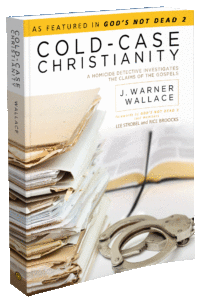
J. Warner Wallace is a Dateline featured cold-case homicide detective, popular national speaker and best-selling author. He continues to consult on cold-case investigations while serving as a Senior Fellow at the Colson Center for Christian Worldview. He is also an Adj. Professor of Christian Apologetics at Talbot School of Theology, Biola University, and a faculty member at Summit Ministries. He holds a BA in Design (from CSULB), an MA in Architecture (from UCLA), and an MA in Theological Studies (from Gateway Seminary).






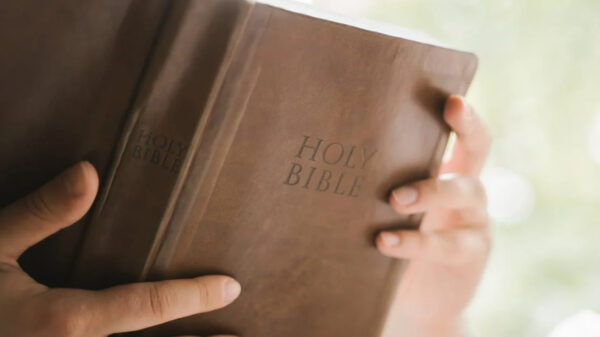

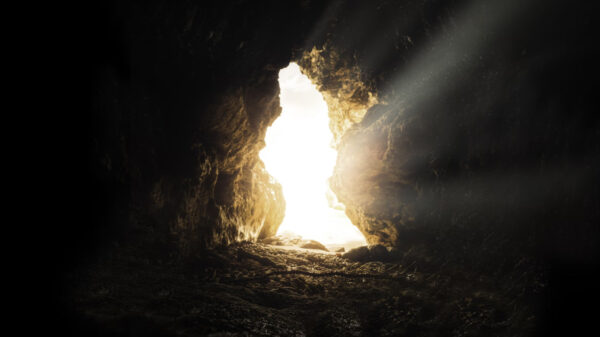

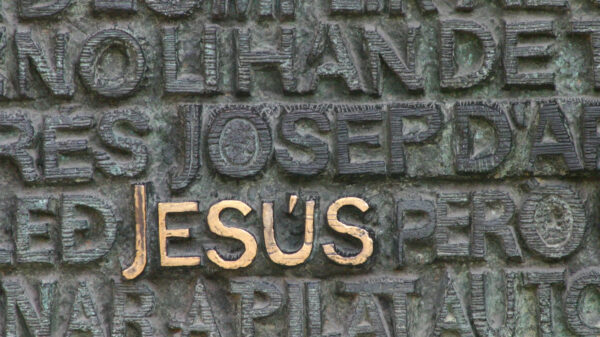


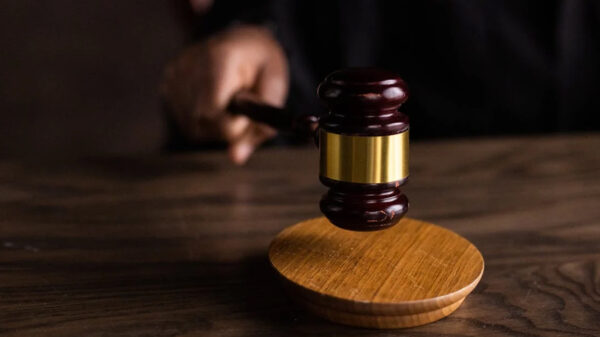



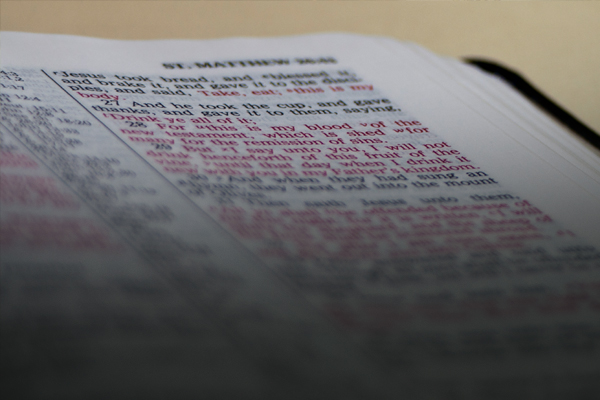













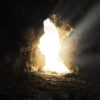


Pingback: The Grab Bag (June 9)
Pingback: Evidence for God and Christianity « Beth's Apologetics Blog
Pingback: mid-week apologetics booster (9-28-2017) – 1 Peter 4:12-16
Pingback: How could John, an uneducated fisherman, have written such a literate and theologically rich gospel account? | Jesus Quotes and God Thoughts
Pingback: Knowing What We Believe - Jennifer Hayes Yates
Pingback: Inerrancy and the Validity of the Bible – Hard Questions